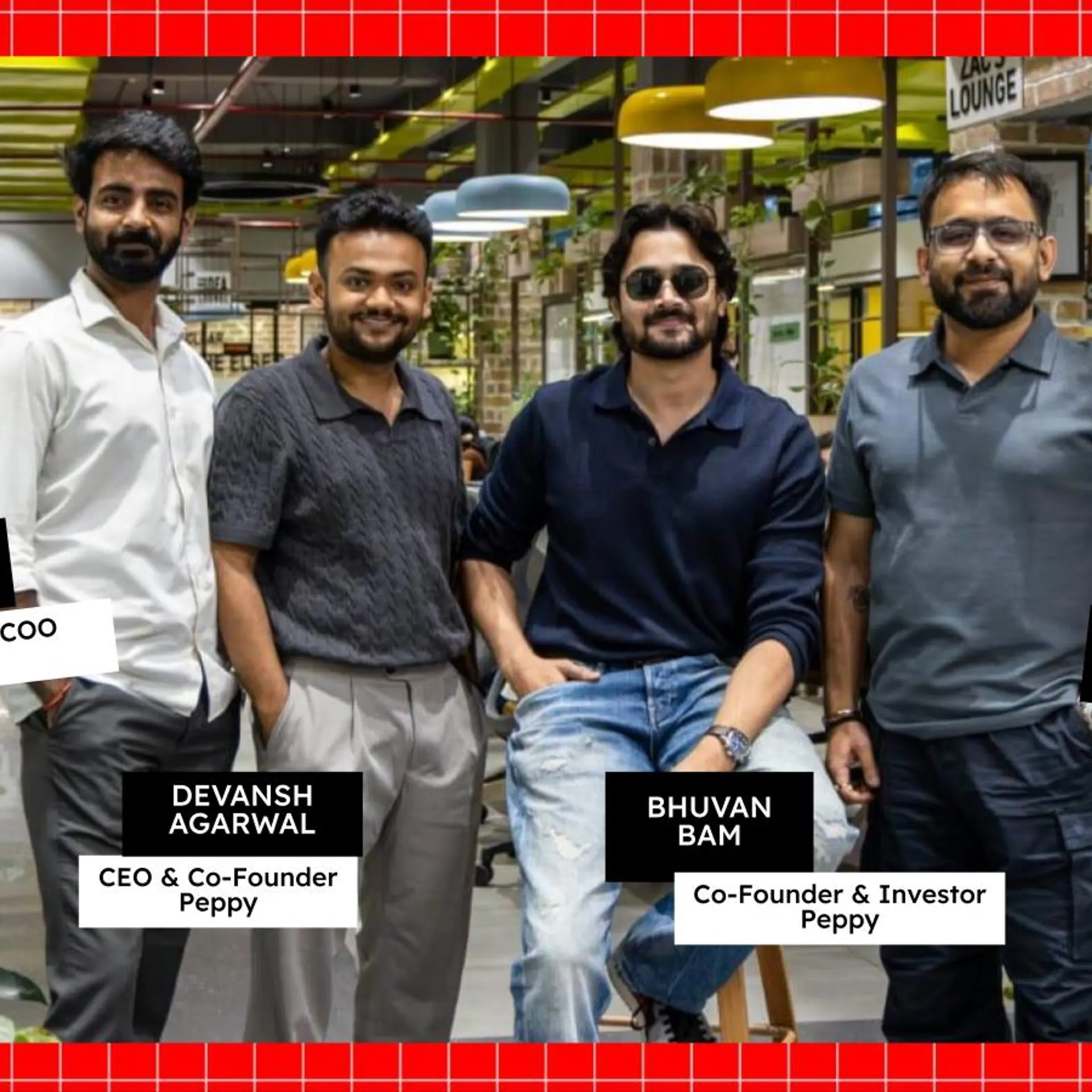1M/1M Strategy Roundtable: A Market of Late Adopters
Friday July 16, 2010 , 5 min Read
Recap of the 15 July 2010 roundtable by Sramana Mitra

This week’s roundtable had two entrepreneurs from India. Now for those of you who are unfamiliar with the Indian market, it is a market that has not seen as much Internet adoption as elsewhere. Whereas China’s Internet penetration will reach 518 million this year, India’s is only about 80 million, and access is still largely from companies and cyber cafes. Broadband Internet access from home has been elusive. Even at small and medium companies in non-IT or ITES sectors, Internet usage and in fact computer usage, is relatively low.Abhaya
Against that backdrop, Tarak Nagraj started off by presenting Abhaya, his SME ERP solution targeting the Indian ERP market, focusing on manufacturing companies with $2 million to $15 million in revenue. Tarak’s product is built on top of Tally, India’s de-facto accounting software standard, and supplies the additional modules such as manufacturing resource planning, customer relationship management, and other functions. Tarak’s analysis is that manufacturing companies in India are operating at 28–30% efficiency levels, and introducing MRP into their midst dramatically enhances their performance. Abhaya has been in business since 2007, and would like to be a pure play SaaS company.
The market realities, however, are quite different in India in general, and in the SME manufacturing sector in particular. In addition, the segments of manufacturing that Abhaya is working with – textiles, dyes, garments, leather goods – tend to be very backward from a technological standpoint. Thus, for every customer, Abhaya has to conduct extensive training to plant the seeds of adoption, and this training cannot be conducted online over web conferencing software like DimDim, which is what we use for our roundtables. No, the training has to be in person, making the adoption cycle longer and more expensive.
My advice to Tarak is that he needs to meet the market where it is, and not try to force down a configuration that doesn’t work for the customers. Self-service SaaS won’t work for the Indian manufacturing segment at this point. Thus, Tarak will have to assume that 10–20% of his business will be training, and budget and plan accordingly. The critical thing is that the training is paid for. In fact, the training business could become a serious revenue generator, and help him bootstrap the business further.
Pure play SaaS is a long way away for Abhaya. To some degree, it is a long way away for India.
AfterCollege.in
Next Kamal Dunani and Mukul Samtani presented AfterCollege.in, an online career counseling portal for students. Their current business is a local brick-and-mortar training business for students in the Central Indian town of Bhopal. 50% of the current revenue comes from soft-skill training and 50% from MBA entrance exam coaching. Kamal and Mukul, however, want to do a national portal for online career counseling. This business idea is not flushed out sufficiently yet. They need to map the idea to my Web 3.0 framework and define a content strategy with a freemium game plan, taking advantage of both advertising and subscription business models. In addition, they need a community strategy including some user-generated content game plan. They also need to figure out what they can sell online, to execute on a commerce strategy. Also, detailed competitive analysis is missing. Who are the top competitors, what are their traffic and advertising metrics? All this will lead to a possible business strategy that may or may not make sense, but without following the necessary steps of analysis, this business idea is at a 30,000 ft level. It needs to hit the ground and put the tire on the road.
About 1M/1M Online Strategy Roundtables
I started doing my free Online Strategy Roundtables for entrepreneurs in the fall of 2008. These roundtables are the cornerstone programming of a global initiative that I have started called One Million by One Million (1M/1M). Its mission is to help a million entrepreneurs globally to reach $1 million in revenue and beyond, build $1 trillion in sustainable global GDP, and create 10 million jobs. In 1M/1M, I teach the EJ Methodology which is based on my Entrepreneur Journeys research, and emphasize bootstrapping, idea validation, and crisp positioning as some of the core principles of building strong fundamentals in early stage ventures. In addition, we are offering entrepreneurs access to investors and customers through our recently launched our 1M/1M Incubation Radar series. You can pitch to be featured on my blog following these instructions.
The recording of this roundtable can be found here. Recordings of previous roundtables are all available here. You can register for the next roundtable here.
About Sramana Mitra
Sramana Mitra is a technology entrepreneur and strategy consultant in Silicon Valley. She has founded three companies, writes a business blog, Sramana Mitra on Strategy, and runs the 1M/1M initiative. She has a master’s degree in electrical engineering and computer science from the Massachusetts Institute of Technology. Her Entrepreneur Journeys book series, Entrepreneur Journeys, Bootstrapping: Weapon Of Mass Reconstruction, Positioning: How To Test, Validate, and Bring Your Idea To Market and her latest volume Innovation: Need Of The Hour, as well as Vision India 2020, are all available from Amazon.






